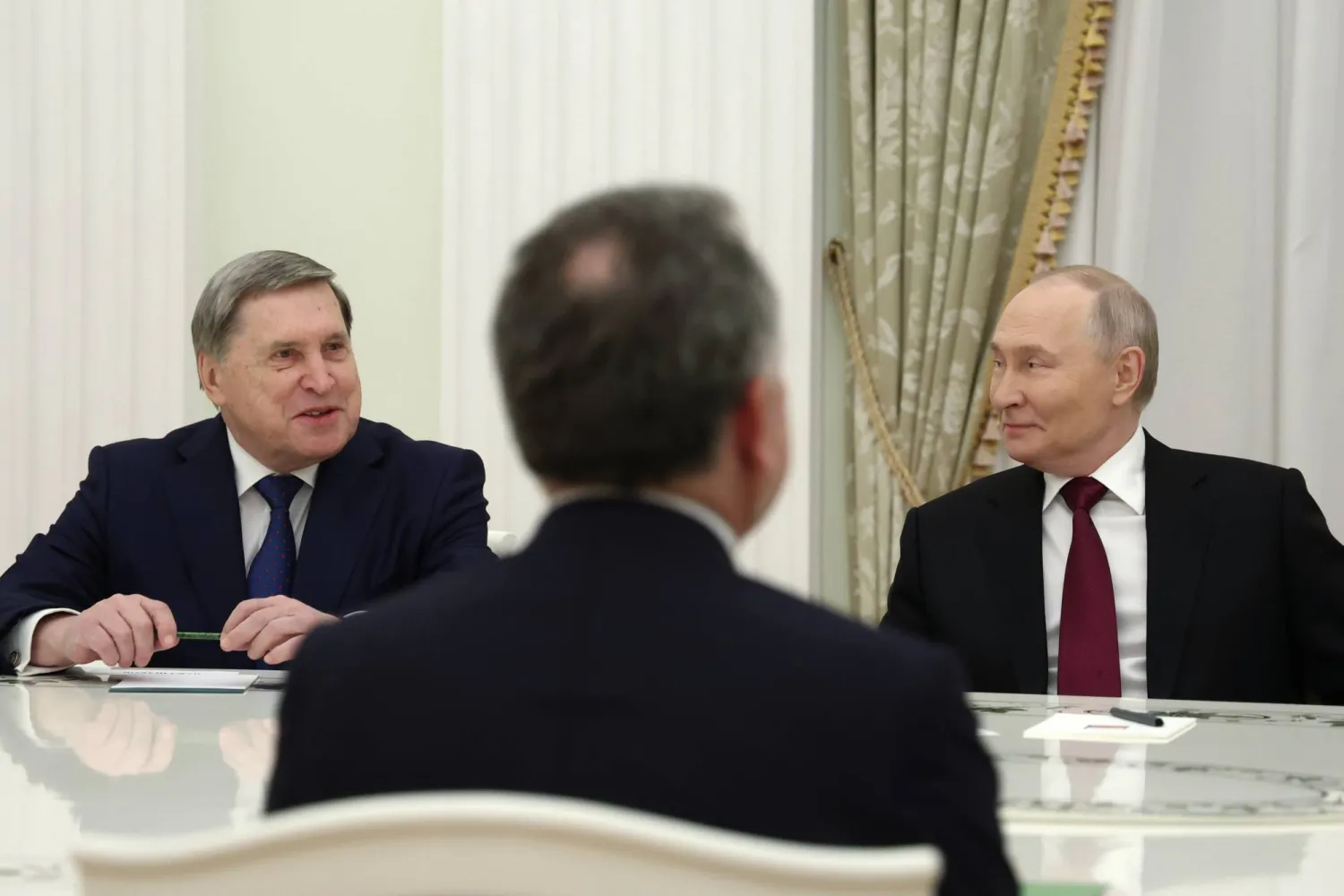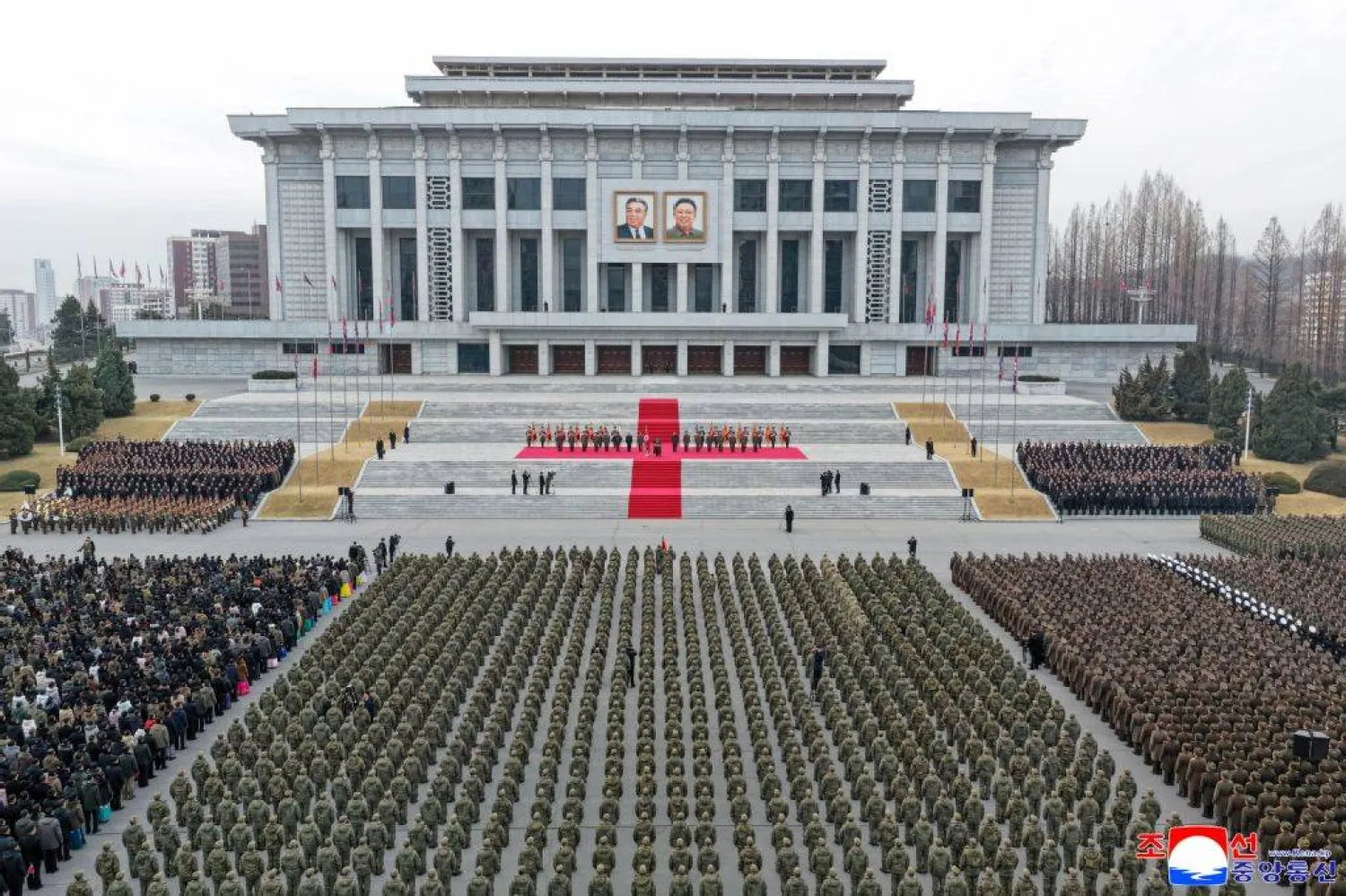Pope Leo XIV officially opened his pontificate as history’s first American pope on Sunday, presiding over an inaugural Mass in St. Peter’s Square before tens of thousands of people, presidents, patriarchs and princes in a ceremony that blended ancient ritual, evocative symbols and a nod to modern-day celebrity.
Leo launched the celebration by taking his first popemobile tour through the piazza, a rite of passage that has become synonymous with the papacy’s global reach and mediatic draw, used at home and abroad to bring popes close to their flock. The 69-year-old Augustinian missionary smiled and waved from the back of the truck, but didn't appear to stop to kiss babies.
Security was tight as civil protection crews in neon uniforms funneled pilgrims into quadrants in the piazza and up and down the boulevard that leads to it.
US Vice President JD Vance, one of the last foreign officials to see Pope Francis before he died, paid his respects at the Argentine pope's tomb upon arriving in Rome late Saturday and headed the US delegation honoring the Chicago-born Leo.
After the public tour in the square, Leo went into the basilica to pray at the tomb of St. Peter, considered to be the first pope, under the basilica’s main altar and then processed out into the piazza for the Mass.
Strict diplomatic protocol dictated the seating arrangements, with both the United States and Peru getting front-row seats thanks to Leo’s dual citizenship. Vance, a Catholic convert who tangled with Francis over the Trump administration’s mass migrant deportation plans, is being joined by US Secretary of State Marco Rubio, who arrived in Rome ahead of time to try to advance Russia-Ukraine peace talks.
Peruvian President Dina Boluarte is one of around a dozen heads of state attending, as well as Ukrainian President Volodymyr Zelenskyy. Russia is being represented by the culture minister, Olga Liubimova.
Diplomatic protocol also dictated the dress code: While most wore black, the handful of Catholic queens and princesses — Charlene of Monaco and Letizia of Spain among others — wore white in a special privilege allowed them. Three dozen of the world’s other Christian churches sent their own delegations, headed by patriarchs, reverends, ministers and metropolitans, while the Jewish community had a 13-member delegation, half of them rabbis.
Kalen Hill, a pilgrim from the US, got to St. Peter's soon after the gates opened at dawn Sunday morning and said he never expected an American would lead the 1.4-billion strong church.
“I would say all the Americans are emotional about it," he said. "It is really powerful for American Catholics who sometimes feel separated from the world church to be brought in and included in this community through Pope Leo.”
During the Mass, Leo will receive the two potent symbols of the papacy: the lambswool stole, known as a pallium, and the fisherman’s ring. The pallium, draped across his shoulders, symbolizes the pastor carrying his flock as the pope carries the faithful. The ring, which becomes Leo’s official seal, harks back to Jesus’ call to the apostle Peter to cast his fishing nets.
The other symbolically important moment of the Mass is the representational rite of obedience to Leo: Whereas in the past all cardinals would vow obedience to the new pope, more recent papal installations involve representatives of cardinals, bishops, priests, deacons, nuns, married couples and young people participating in the rite.
Another change from the past is that Sunday's Mass isn't a coronation ceremony, which used to involve the pope receiving a tiara, but is merely known as a Mass to start the pope's ministry as the bishop of Rome.
In the days since his historic election, Leo has already sketched out some of his key priorities as pope. In his first foreign policy address, he said the Holy See's three pillars of diplomacy were peace, justice and truth. In his first major economics address, he emphasized the Catholic Church's social doctrine and the search for truth. It's not known if he'll use his installation homily as a mission statement as some of his predecessors did.
After the homily and at the end of the Mass, Leo will offer a final blessing and then go into the basilica to greet the heads of the more than 150 official delegations attending.
Security was tight, as it was for Francis’ funeral on April 26, which drew an estimated 250,000 people. Rome authorities are planning for another 250,000 on Sunday. The piazza and main boulevard leading to it, and two nearby piazzas were set up with giant television screens, and dozens of portable toilets have been erected in a nearby park.









